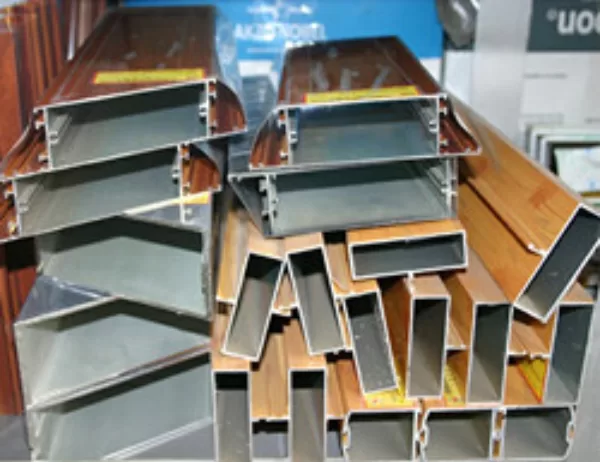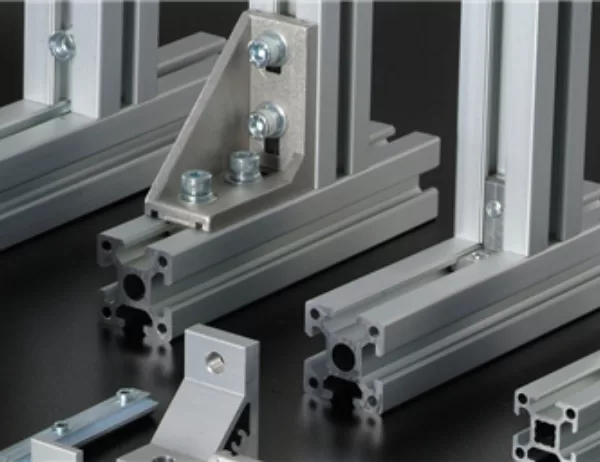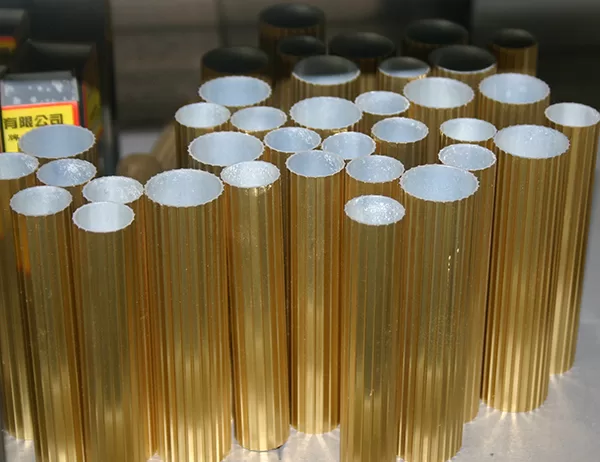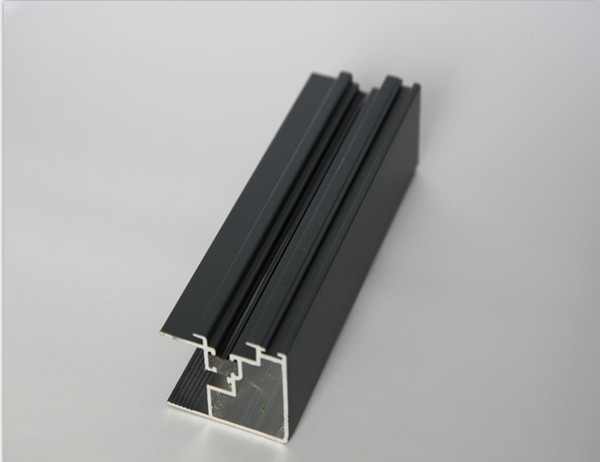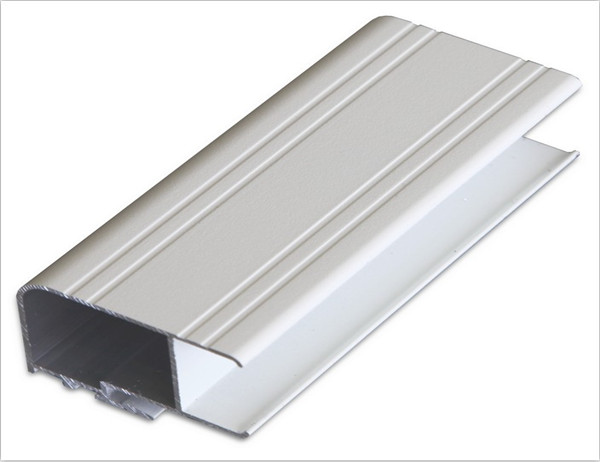In the realm of industrial fabrication, aluminum profiles reign supreme as versatile and indispensable components. Their exceptional strength-to-weight ratio, corrosion resistance, and malleability make them ideal for a wide range of demanding applications. However, selecting the optimal aluminum profile for a specific project requires meticulous consideration of several key features.
1. Alloy Selection:
The alloy composition plays a pivotal role in determining the profile’s mechanical and chemical properties. Common alloys include 6061, 6063, and 6082, each tailored to specific requirements of strength, stiffness, and corrosion resistance.
2. Extrusion Process:
Extrusion is the pivotal process that shapes the profile’s cross-sectional geometry. Precise control of temperature, pressure, and extrusion speed ensures dimensional accuracy, surface finish, and structural integrity.
3. Cross-Sectional Shape:
The profile’s cross-section can vary from simple rectangular or square shapes to intricate and specialized configurations. The geometry must meet the functional requirements of the application, such as load-bearing capacity, thermal conductivity, and aesthetics.
4. Surface Treatment:
Depending on the application, various surface treatments can enhance the profile’s durability and aesthetics. Anodizing provides corrosion resistance and a wide range of colors, while powder coating offers additional protection and a durable finish.
5. Mechanical Properties:
The profile’s mechanical properties, including tensile strength, yield strength, and hardness, are crucial for ensuring it can withstand the anticipated loads and stresses during operation.
6. Dimensional Tolerance:
Precise dimensional tolerance is essential for proper fit and function. Close tolerances ensure seamless integration with other components and minimize the need for costly rework.
7. Durability:
Industrial aluminum profiles should possess excellent durability to withstand harsh environments and extended periods of use. Resistance to corrosion, abrasion, and fatigue is paramount for long-term performance.
8. Aesthetics:
For applications where aesthetics matter, the profile’s surface finish and overall appearance can be customized to complement the surroundings and enhance the overall design.
By carefully considering these key features, engineers and designers can select the optimal aluminum profile for their industrial applications, ensuring the highest levels of performance, durability, and cost-effectiveness.
